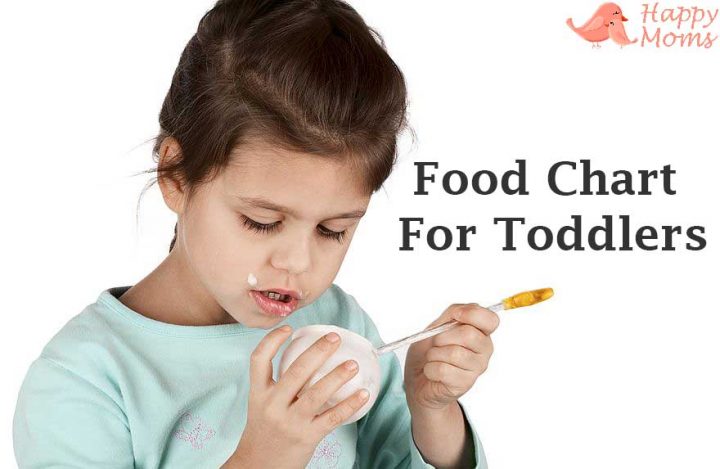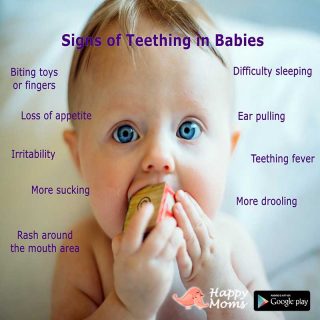
Just as a child reaches different developmental milestones, their nutritional needs also vary. Though toddlers are much active than a baby but their daily calorie intake decreases along with the quantity of their food. Three whole meals and 2 snacks full of nutrition are enough for toddlers age 1 to 3.
To help them grow better, it is important to maintain a healthy meal plan for toddlers. At this stage baby may eat less than before, which is considered normal if you want to manage a healthy meal plan for your child to track their daily intake follow our food chart given below.
Nutritional requirement
Depending on the age, height, and their physical activity toddler’s nutritional requirements change. It is based on daily calorie requirement, pediatricians recommend around 40 calories per day for each inch of height, which makes it approximately 1000 to 1400 calories each day.
Besides food from different food groups to meet the calorie requirements, it’s important to offer the child 2 to 3 tablespoon of oils including ghee and butter
How much and what to feed?
With a slowdown in growth, toddlers may eat less than before. Let the child decide how much they need to eat and do not force them. Do not limit their choices and the amount of food you offer. It is normal, that the toddler may eat more some days and less than usual on other days. Start with less amount and increase the quantity according to the demand of your child.
Children start with pincer skills, picking up the food with forefinger and thumb, and keep on mastering other self-eating skills. Toddlers learn self-feeding completely by 2 years or more. They can use a spoon, bowl, and even a small glass without a lid independently.
Do not care for a mess a child makes while eating, let them practice their new skill and feed themselves without help. Here is a sample chart for how much and what to offer your toddler:

The above meal plan is suggested for a healthy child above 1 year of age.
Not for use under any medical conditions. Please consult a registered dietitian for more guidance.
Get help from expert, upcoming workshop with child nutritionist Dr. Anam, where she will discuss about picky eaters, nutritional food, child immunity and you will receive FREE food chart for your child. Register here to join our workshop.
Dairy products: Milk and other dairy products are important to be included in toddler’s diet as milk is an important source of vitamin D. Cow’s milk can be introduced at the age of 1 year, but it is low in iron. Yogurt and cheese are also full of nutritional needs. 1-2 glass of milk, ½ to 1 bowl of yogurt, 1 cheese slice is enough for the toddler of 1 to 3 years of age.
Supplementing milk for other meals is not recommended, it is better to limit the milk intake to 1-2 glass or 16 ounces a day and let your child fulfill the nutritional requirements from other important foods. Yogurt is very important as it has probiotics that help keep your little one’s tummy happy.
Fruits and vegetables: Fruits and vegetables are the important sources of calcium and multivitamins which play a significant role in the growth and development of a child. 1 bowl of fruit and vegetable daily is essential to their growth and wellbeing. You can offer them both as finger foods for a daily snack or you can make it a part of their lunch/dinner.
Cereals, Grains, lentils: Lentils, cereals, rice, wheat, oats, and other grains are an important source of fibers and protein. Lentils, rice, roti/chapati, and grains can be offered at mealtime in lunch/dinner as the main course (i.e Dish made at home). 1 bowl of cereals can be given with fruits or milk daily at breakfast. Nuts are a very important source of vitamins and iron and a handful of nuts daily can help your child fulfill nutritional needs.
Meat and egg: Meat and egg are an important source of proteins, multivitamin, iron, and fat. Boiled egg is an important source of vitamin D and mist be offered to a toddler twice a week. Egg or meat sandwiches can offer at snack or breakfast time.
Meat including chicken, mutton, beef, fish, or other seafood can be offered as a meal at lunch/dinner with roti or rice.
Before offering any food make sure that your child is not allergic to any of the food. Toddlers are moody and few of them are a picky eater. Do not force the child to eat and let them decide when and how much they need. Setting a proper mealtime routine can help them and you to have smoother meal times.
Toddlers eat more or less depending on their mood and the energy they have used. Their daily diet must not be compared with the sample charts. These guidelines are for the parents to look after the nutritional requirements of a child and also have more variety of options to choose from. Observe how they show interest in food, and offer nutrition-rich foods. Offering a variety of foods at the age of 6 months and beyond can help them recognize different tastes.
Read about Food chart for babies under 1-year
This article is for informational purposes only, and is not meant to offer medical advice. Approved and reviewed by Child Nutritionist and Pediatrician.




